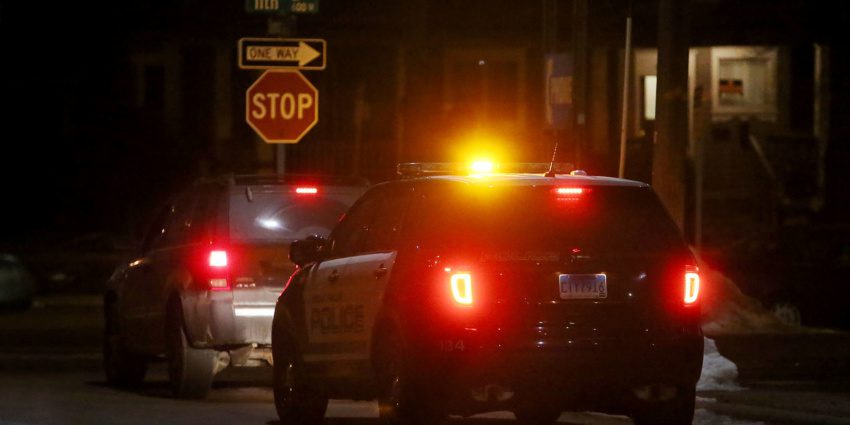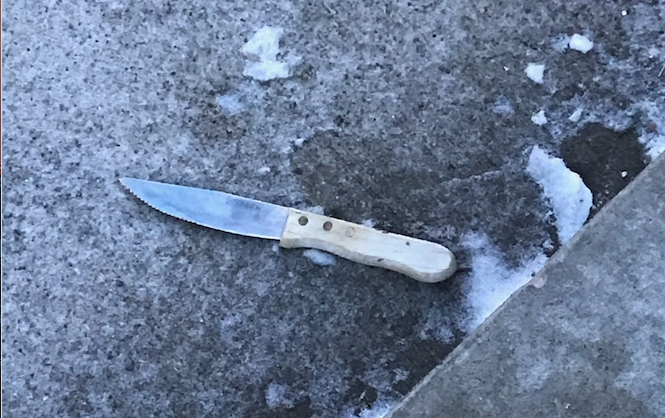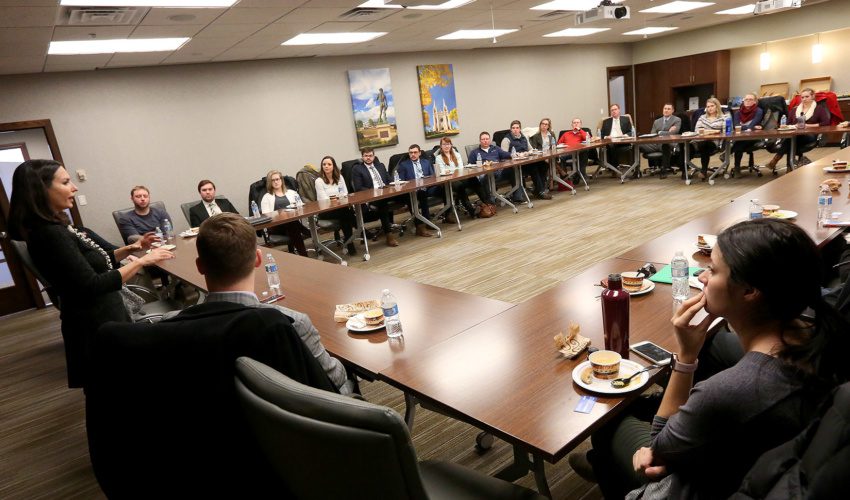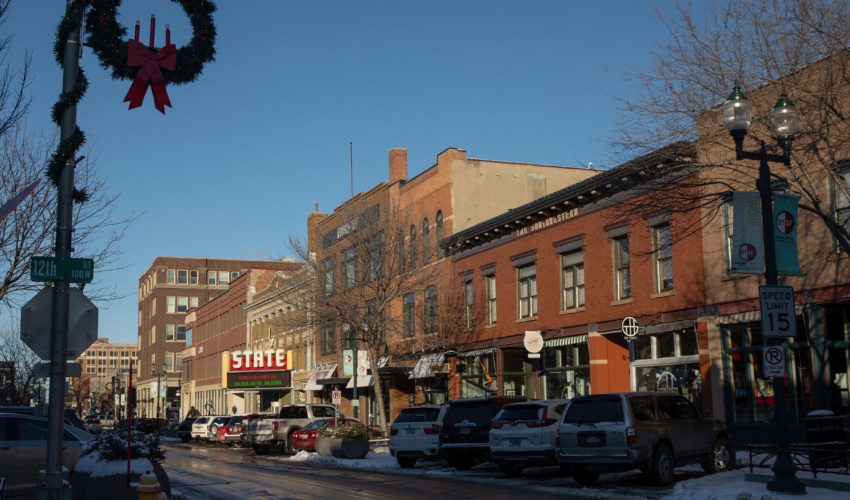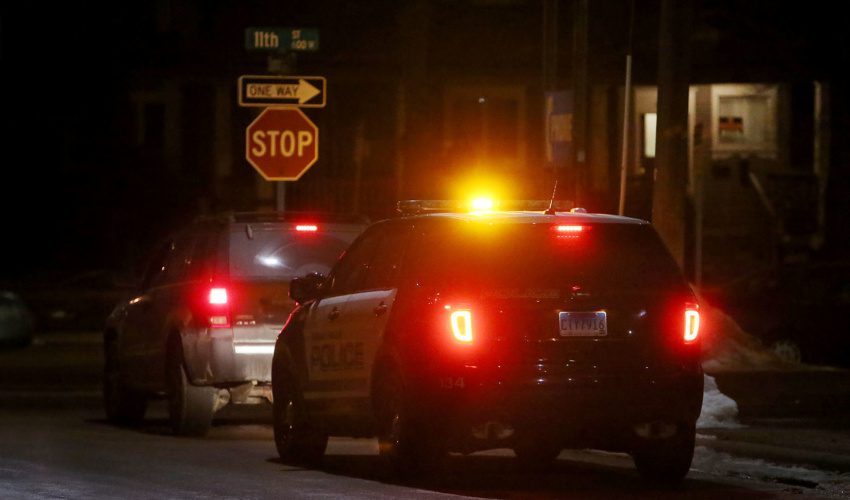Jodi’s Journal: Crime trends can’t be ignored
March 4, 2018
I told you last year that my business wouldn’t be covering the politics of this year’s campaigns and wouldn’t be doing work for political candidates.
There are many reasons I’m glad I made that decision. It opened opportunities for me to moderate debates, which I’m looking forward to doing this month, and it allows me to use our resources to cover issues instead of campaigns.
I’ve chosen three topics that I believe are critical to our city’s future whether you lead a business, hold a job or make your home here. I’ll be addressing one each week for the next three weeks, and then a little closer to the election I’ll tell you what it’s really like to serve in city government — I’m looking forward to that one, too.
The first issue that must be addressed is the proliferation of drugs and the resulting violent crime in our community.
Last year, I listened to Minnehaha County Sheriff Mike Milstead address a group of businesspeople about this issue. I started taking notes because what I heard caught me off guard.
“I have never been more concerned about the safety of our community than I am today,” he said in June. “The drugs coming in can change our community. People are breaking into your homes and businesses to feed their addiction.”
This keeps happening. Last week, a source told me two clients had been victims of violent crime within weeks of one another. One, a business owner, was assaulted at a bank ATM during the day. Another business owner had a gun held to the head during a robbery.
As I was telling a friend about these incidents the other day, he pulled out his phone and pulled up a photo.
“My wife called me the other day and said she found a knife with blood on it on our sidewalk and asked what she should do,” he said.
They live near McKennan Park, incidentally, along the boulevard.
Crime in Sioux Falls has grown to the point that I can see myself in the situation of these and other recent victims. They have encountered violent crime at the places where I — and probably you — shop, bank, eat out and walk.
It prompted me to reach out to Milstead this week. As an elected county leader, I figured he could speak more freely than city police, who are in the thick of trying to manage their message during an election season.
“I write for the business community,” I said to him. “And like me, I think many in business only have a vague sense of what’s happening. What do we need to know?”
The reality, he said, is that the trends we’re seeing are concerning.
“I’ve been vocal for several years, and more and more people are picking up the torch and realizing we have an issue,” he said. “We’re not unique. This is happening in other areas of the country. And if you talk to every sheriff, I think they would tell you one of the number one issues they’re dealing with ties into meth. The most violent criminals, the most unpredictable people they encounter, are in that network. They’re users or distributors or involved in that culture.”
This is why we’re hearing about violent crime in the middle of the day at places we typically would consider safe. It’s likely addicts looking for cash to buy drugs. It’s why we hear reports of random gunfire and shell casings in neighborhoods. That’s likely a drug deal gone bad, with both parties firing at each other.
“There’s a direct nexus,” Milstead said. “Nearly half our violent crime has a direct nexus to meth, in particular assaults, robberies and many of our homicides.”
Here are the numbers: The city and county ended 2017 with a combined 1,360 arrests for possession of meth, up from 502 in 2014. There were 112 arrests for distribution, up from 30 in 2014.
Remember how years ago we used to hear about meth lab busts? Those don’t happen anymore. Meth now comes from Mexico, and it’s cheap enough that users don’t take the risk of making it. Their danger to the community goes beyond the violence that erupts around their habit. It’s there when they’re on the roads, in the workplace operating equipment and at home interacting with family.
The issue that concerns me just as much, though, is heroin. Heroin seizures have increased 200 percent in the past two years in a six-state region that includes South Dakota. I’ve seen what happens to communities that are infected with heroin in my home state of Ohio. People of all ages and occupations there have been caught up in it with horrific implications.
This drug is life-threatening. Fentanyl, which sometimes is laced into heroin, is 100 times more potent. And carfentanil is 100 times more potent than that. We’ve started to see them all in Sioux Falls. An amount equal to a grain of salt can cause an overdose. It’s the reason our law enforcement officers carry Narcan, which can bring people back from the brink of death but only if used immediately.
Heroin is cheap, too. On the East Coast, you can buy some for less than the cost of a Big Mac, Milstead said.
“There are morgues full of bodies,” he said. “What you see with meth is violent crime and victimizing. What you see with opioids has some victimization, often minor crimes to get another $20, but you see people dying on the streets.”
Whoever leads our city must treat drugs and drug-related crime like the looming crisis I feel it is. Funding for prevention has been cut from the federal to the local level. And finding affordable treatment solutions is extremely difficult for families.
This is not the fault of any one elected leader or governing body. We are fortunate in this community that our law enforcement cooperates, that our businesses contribute to societal needs and that public safety remains a respected profession by the vast majority of our citizens. There are many places nationwide that don’t begin with that position of strength. But we have to do better or this is going to get worse. The need is growing seemingly by the day.
“If they call and say a kid is getting hooked on meth or heroin, I tear up because I know the chance of getting out of that hole is slim,” Milstead said. “There are people who have gotten out, but it’s a combination of inpatient, outpatient and aftercare, so it’s expensive, and if the person doesn’t want to go through, they won’t be successful.”
This is where we have an opportunity through community and business leadership to make an impact.
“You’d think I would say, ‘Give me 50 more cops,’ but that’s not my message,” Milstead said. “My message is support law enforcement and their efforts, but the reality is prevention and affordable treatment have to be there.”
The call is not for a new mayor and council to initiate this process of coming together. It’s already happening. For instance, there’s an effort underway to create a community triage center where first responders and families could bring people. From there, they would be guided to a sobering center, detoxification, counseling, mental health services or other community resources. It would keep people out of jail and out of emergency rooms who don’t need to be there. Our next city leaders don’t have to initiate this process, but they do need to put resources to it and to other opportunities as they’re identified.
“We’ve visited different triage centers in America where they do just that, and the biggest partners are the hospitals,” Milstead said, adding our hospitals have been strong participants in the effort so far. “We want to bring in our churches and affordable housing for people coming out of drug court.”
For employers, there could be opportunities to support this effort. Or there could be ways within your own businesses to consider hiring or mentoring graduates of drug court or to create narcotics anonymous groups in the workplace to support those with addiction through their recoveries.
“Help us help you,” Milstead said back in June to that group of businesses. “We recognize the ripple effect of what this meth epidemic is doing to our community. It’s absolutely impacting our economic development. We’ve never seen this much of it, and it’s propelling our other crimes out of control.”

